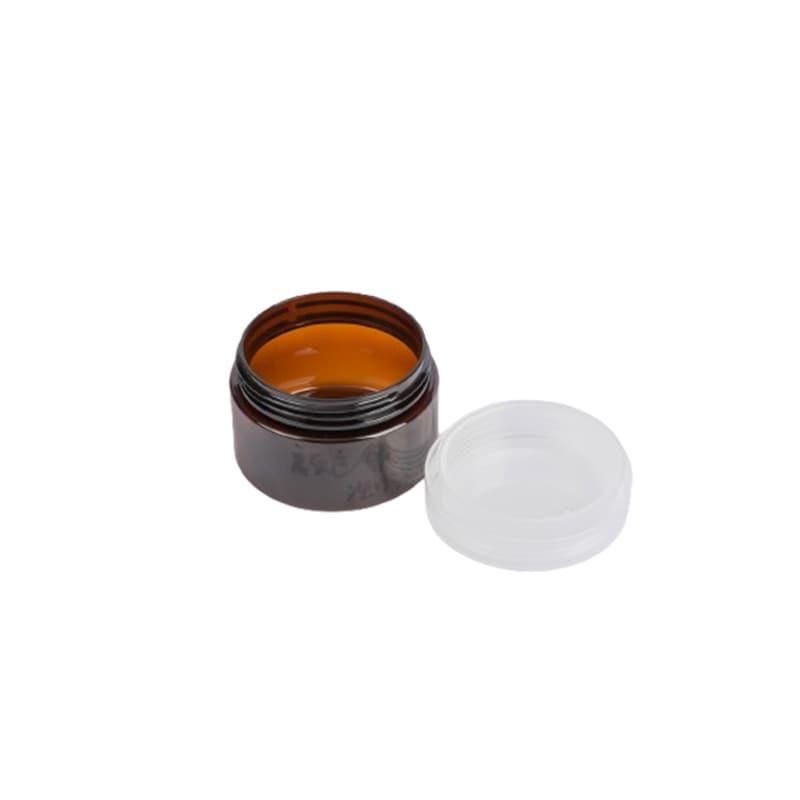Artificial intelligence is deeply reshaping the injection molding production process. The process optimization system based on machine learning can automatically generate the best parameter combination by analyzing historical production data. For example, in the production of complex curved parts, the system can predict the potential defects in the melt filling process, and adjust the injection speed and holding pressure in advance, so as to improve the product yield from 85% to 98%. In addition, digital twin technology can build a virtual factory, simulate the whole process of production in the computer, find the problems in mold design or process setting in advance, and shorten the development cycle of new products by more than 50%.From the demand side, plastic injection molding parts More in line with the psychological expectations of consumers, willing to pay for the things they like. https://www.tigerbrotherplastic.com/
Driven by personalized customization demand, flexible manufacturing has become a new trend in the industry. The traditional mass production mode is being replaced by “small batch and multi-variety” agile manufacturing. By adopting rapid die changing technology and modular die design, the same injection machine can complete the production switching of different products within 2 hours. For example, by deploying flexible production lines, a home appliance enterprise can produce 10 different colors of washing machine panels at the same time, and the minimum order quantity of each color is only 500 pieces, satisfying consumers’ pursuit of product differentiation.
The integration of 3D printing technology and injection molding has opened up a new manufacturing paradigm. Metal 3D printing can manufacture die inserts with complex runner structure, and solve the design of special-shaped cooling water channel that is difficult to realize in traditional processing, which can improve the cooling efficiency of die by 30% and reduce the warping deformation of products by 50%. Plastic 3D printing is used to rapidly make prototype molds, shortening the development cycle of new products from months to weeks, and providing an efficient tool for design verification and market testing.
